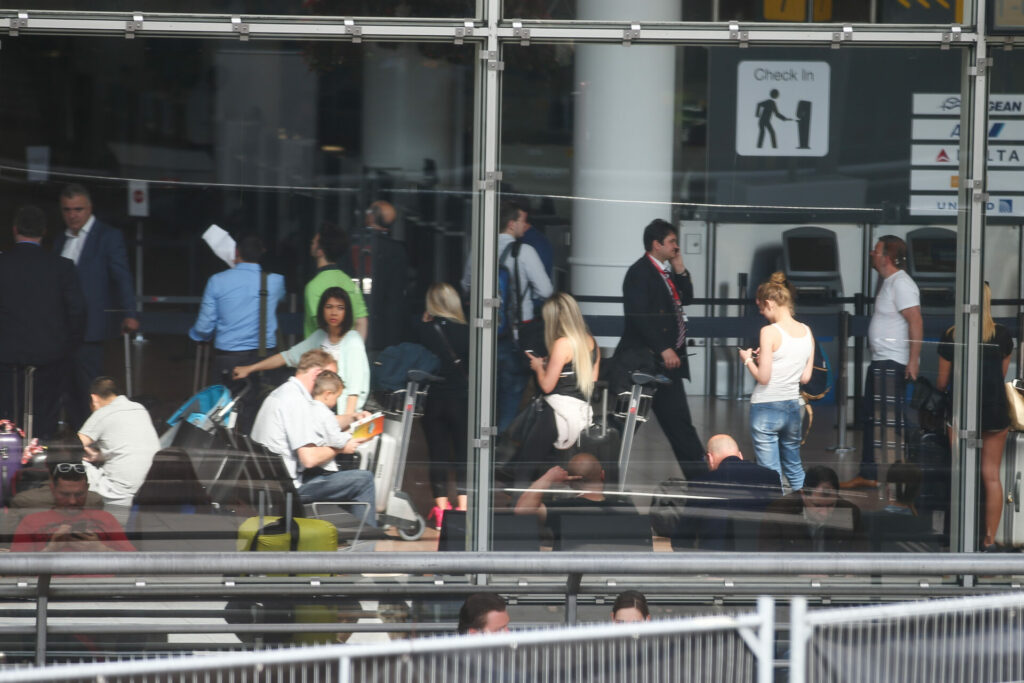This summer was already predicted to be a difficult one when it comes to flight cancellations and delays due to strikes, however, increasing rates of illness among ground staff may see the situation worsen.
The various strikes affecting airlines and airports alike at the end of June put the aviation sector into disarray ahead of what is expected to be its recovery period following the pandemic. According to HR provider SD Worx, rising sickness rates amid airport ground crew may be the next issue facing the industry and travellers.
The aviation sector is currently the second largest user of temporary unemployment, including people working in baggage handling, passenger aircraft provisioning, passenger guidance and general airport safety.
However, these rising sickness rates put pressure on ground handling operations. "The rising sickness figures in the ground handling sector deserve attention in order to avoid the risk of a negative spiral," Jan Vanthournout, Senior Legal Manager at SD Worx said.
"An increase in absences in a busy period puts extra pressure on employees who are already dealing with increased workloads." This is also resulting in the time for holidays decreasing by almost 10%, in turn driving the risk of sick leave upwards.
Vanthournout explained that, within aviation, this is a typical pattern, with cancellations of flights by one company leading to temporary unemployment at other service providers.
Increase since pre-pandemic levels
Across these workers, staff absences are remarkably high, with 4.81% for short-term sickness absences (up to 30 days) in June and 4.86% for medium-term sickness absences (between 30 days and one year). "Together, the loss of days thus amounts to almost 10% of all working days," according to SD Worx.
Since 2019, before the pandemic struck, short-term sick leave increased by more than a quarter (27.08%) in ground handling at airports, while medium-term sick leave increased by almost a fifth (19.81%).
Related News
- Brussels Airport has worst delays in Europe this summer
- Lufthansa cancels 2,000 additional flights this summer
In June, three-quarters of the days during which staff could work were worked, compared to 80.65% in the same period in 2019, despite airlines being at a lower activity level than in 2019.
This follows a positive trend in the sector, as SD Worx observed that employment increased gradually in 2021, despite bankruptcies in 2020 and layoffs and employee turnover was lower than in the last two years.

